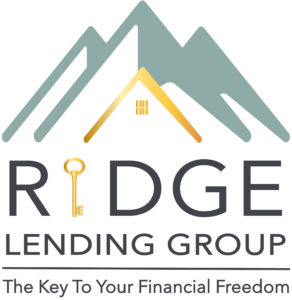 Flipping property is all the rage with both individual and institutional investors. Turn on any home or DIY network or browse social media platforms and you will undoubtedly find thousands of folks showcasing their home flips. In order to carry out these flips, many of them take advantage of fix-and-flip loans, which are residential loans used by short-term real estate investors to purchase and renovate a property before flipping it for a profit. These loans bridge the gap between the investor’s capital and the property’s purchase price and renovation costs. These loans are generally repaid with proceeds from the final property sale.
Flipping property is all the rage with both individual and institutional investors. Turn on any home or DIY network or browse social media platforms and you will undoubtedly find thousands of folks showcasing their home flips. In order to carry out these flips, many of them take advantage of fix-and-flip loans, which are residential loans used by short-term real estate investors to purchase and renovate a property before flipping it for a profit. These loans bridge the gap between the investor’s capital and the property’s purchase price and renovation costs. These loans are generally repaid with proceeds from the final property sale.
In many cases, the investor purchases the property through a foreclosure or bank short sale or even at auction. The buyer will then decide what type of renovation project to undertake. The most common projects include:
- Purchase: Buy the home, make minor renovations, and return it to market
- Renovate: Buy the home, make updates, such as painting inside and out, a new master bath, new carpet, or new appliances, before returning it to market
- Build: Buy the home, completely replace it with new construction, and return it to market
Let us take a brief look at the two most popular types of fix-and-flip loans:
- Hard Money Loan – A short term privately funded loan secured solely by the real estate asset’s value that investors use to purchase and renovate a property.
- Bridge Loan – A temporary loan used to cover the time between two real estate transactions, allowing investors to purchase their next flip property without having a contingency to sell the other property first.
There are other financing options for investors looking to fix and flip homes. Some of them include fix-and-flip cash-out refinance, equity line of credit, and investment property line of credit. Speak with your mortgage professional to find out what is best for your endeavors.
And finally, it bears mentioning the 70 Rule – or 70% Rule. When determining the most you should consider paying for a property, the 70% Rule dictates that you should pay no more than 70% of the property’s after repair value minus repair costs.
If you are interested in a Fix-and-Flip loan or would like more information about how to jumpstart your property investment business, contact the professionals at RLG today.


